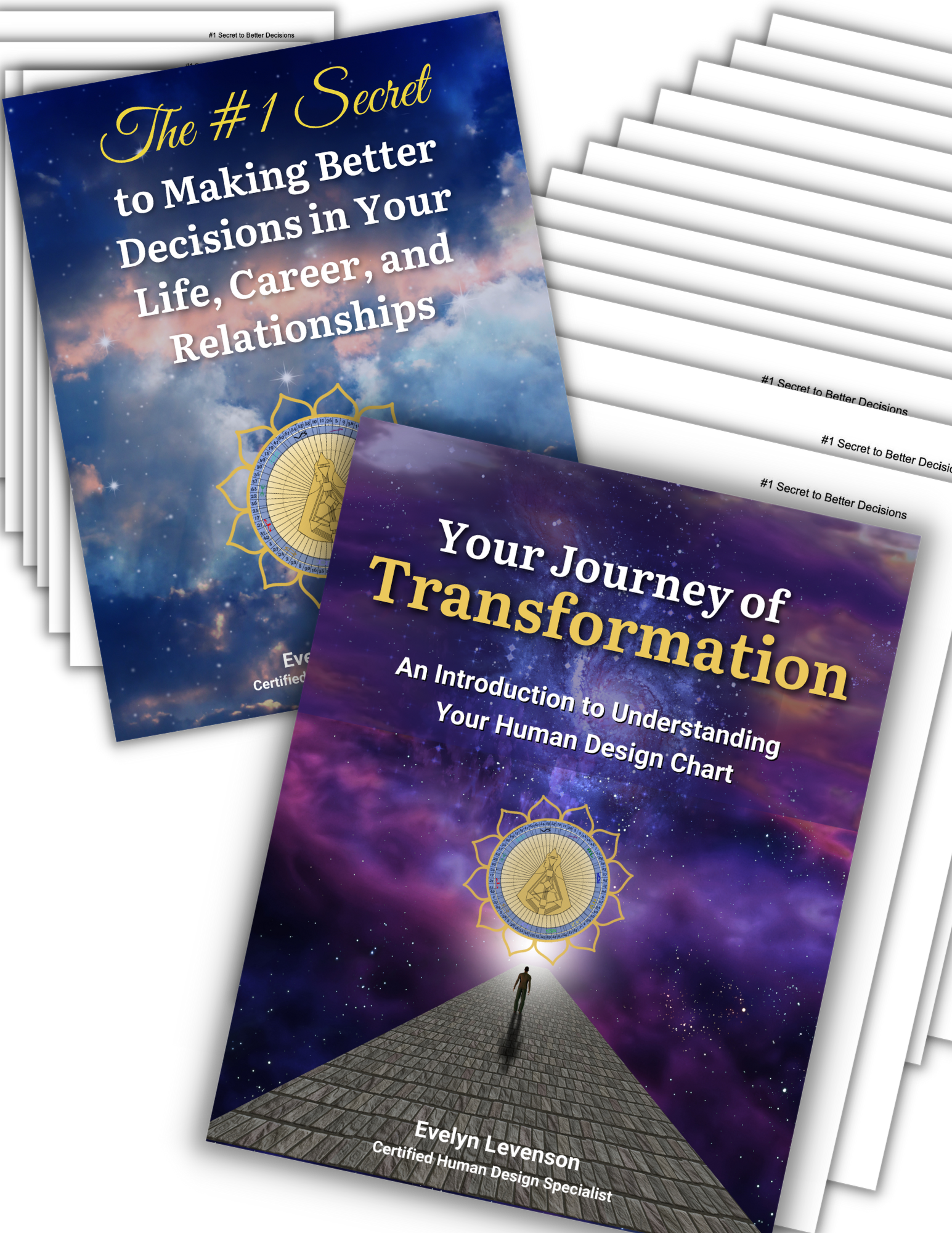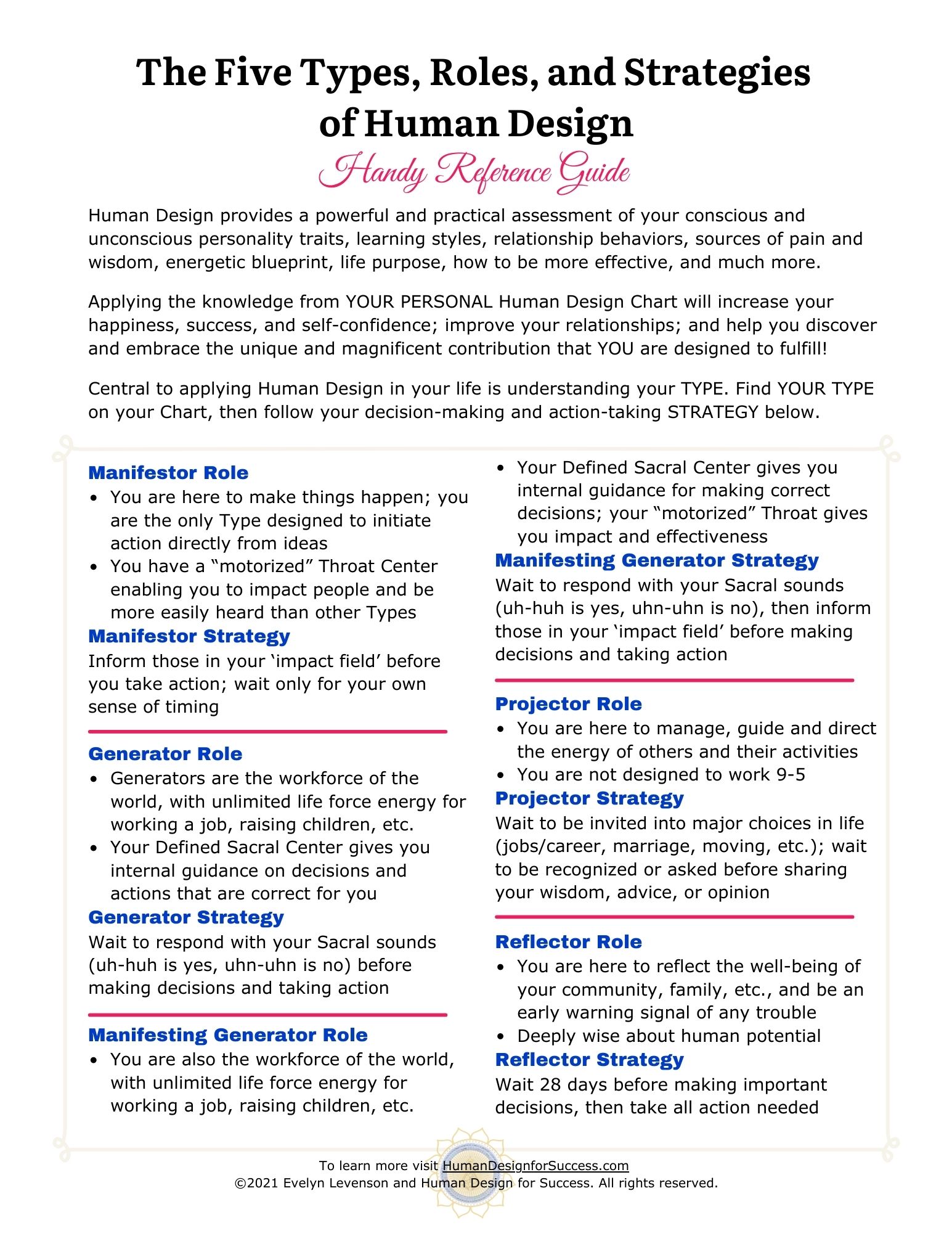I came across a very useful distinction recently that I want to share with you.
It’s not new, but the wording of it gives it great clarity and makes it memorable.
[And if it’s not memorable, we probably won’t remember to use it, right?]
So here it is: Learn to work on the SYSTEM, not the SYMPTOM.
It’s from Eben Pagan’s productivity course.
The point is that if something is not working in your life, look at the bigger picture rather than just the specific behavior or symptom.
If you are always tired, or constantly hungry therefore gaining weight, or feel scattered and unproductive, what habits are you doing (or not doing) that are leading to those results? And what systems or processes could you put in place to help you produce different results?
This distinction is easily applicable to understanding and USING Human Design in our lives.
Here’s an example:
Let’s say that your symptom is feeling emotionally impacted by others, and it’s hard for you to control the intensity of what you feel. You may even feel completely at the mercy of (or sometimes a victim of) other people’s powerful emotional energy.
Trying to “control” your feelings and reactions (or trying to control the other people—good luck with that!) probably hasn’t worked very well for you.
That’s trying to work on the SYMPTOM.
If this symptom is an issue for you, then you probably have an Open Emotional Solar Plexus Center in your Human Design chart. [Check your chart—the large triangle on lower right side would be white.]
If you do have an Open Emotional Solar Plexus Center, you are actually designed to take in others’ emotional energy and amplify it.
That’s the SYSTEM.
But yikes! That sounds scary and possibly hopeless. It’s not. Understanding the system—the Energy Centers, in this case—and how they work gives you both the opportunity and the power to use it to your advantage.
This ‘system’ has a 6-word mantra that can help you gain wisdom from experiencing others’ emotions, while minimizing the intensity, confusion and overwhelm of taking in emotions from others.
That mantra is: Be a screen, not a sponge.
It applies to ALL Open Centers in a chart, but especially (in my experience and the experience of my clients) to the Open Emotional Solar Plexus Center.
With practice, you can let the emotions of others flow through you like a breeze through a screen door. You’ll know they’re there. But they won’t impact you. They won’t bowl you over like they do now… as long as you’re not absorbing them like a sponge (which is the behavior pattern that most of us have with this Open Center, so you’re not doing anything wrong and you’re not alone!).
When you’re using the system’s mantra rather than trying to “control” the emotions you feel, you’re working WITH the system.
Then you can begin to distinguish that most of the emotions around you are not yours so you don’t have to “feel” them and “deal with” them. You can remain reasonably even-keeled emotionally. No more roller coaster ride on the emotions of others.
You’ll be working at the SYSTEM level, not the SYMPTOM level. That’s where real and lasting improvements are possible.
Your comments are welcome!



I don’t know how to let others emotions not affect me. I try to not get involved in them but they do end up disturbing me. Everything in my chart is white except the base of the throat and the 2nd block above the bottom of the spine. It’s very hard for me to concentrate on the system. I know intellectually I’m doing it but I can’t turn it off and not let stuff get in. I’m not sure I understand how to turn it off.
What a great way of thinking of it. I don’t believe I have an open emotional solar plexus, yet I do feel other’s emotions very strongly. I’ll have to try this and see if it helps. Thank you.
That’s a lovely idea but I think learning how to apply it is a long arduous process. Giving it a cute little catchy mantra oversimplifies what can take a lifetime of skill and experience to actually do. Maybe that’s not the case for defined emotional centers, or maybe I just personally have a steep learning curve surrounding this advice (certainly a possibility) But I do have an open Solar Plexus (along w/ a mostly open chart – there’s more white in mine than any of the other charts I’v examined amongst my fellow group members of the “manifestor’s only page” on Facebook) so learning that my unpredictable personality – which had been a source of shame and self loathing and awkwardness I’d fought to correct since childhood, finally made sense to me. I still remember the relief I felt that there was an answer that deeply resonates in a way that no physical or psychological diagnosis ever had. You can forgive yourself for inappropriate crying or even rare (but terrifying) fits of rage once you understand you were meant to take in other’s energy and then act as an amplifier through the experience of feelings and thoughts which aren’t necessarily yours. So of course being able to let them pass through you “like a screen” is apealing… But I do think this advice is much more difficult to practice in real life. Others moods seem to be more of an oily-gunky consistency than water so even when you try this you may still end up w/ a pile of gunk stuck to your inner “screen”
I’m not knocking the advice though… I’ve actually tried this and even succeeded occasionally in the last couple of years because 3 years ago I began an (almost) daily meditation practice. At the risk of sounding like a crazy person I’ll admit that about a year into it I “heard” this same suggestion more or less while meditating. It was more like a visual though. Anyway, it IS great advice, and I think regular meditating is what gave me the precense to accomplish it the few times I was able. In moments w/ my daughter (defined SP) when I felt her mood shift into something heavier I kept calm and replayed that visual I received in my mind’s eye-i saw her anger and stress rising off her like little red/black smoke plumes and briefly rolling into me, where they passed through my center and then released out my back and sides like bright yellow/pink/blue whisps of… I don’t know… somewhere between fog and smoke lol. When it works I’m able to be a better parent. But it doesn’t always work because it requires a level of detachment I’m not always able to maintain. My impulse is to absorb and hold in, sometimes for far longer than the interaction lasted. But with practice I’m hopeful I’ll continue to improve and maybe this visual will help someone reading the comments too? If anyone else w/ open emotional center knows more effective ways yo accomplish this I hope they share as well! I think this is the only blog where I always make sure to read the comments because the info there is at least half as insightful as the post usually! Keep the great info coming!